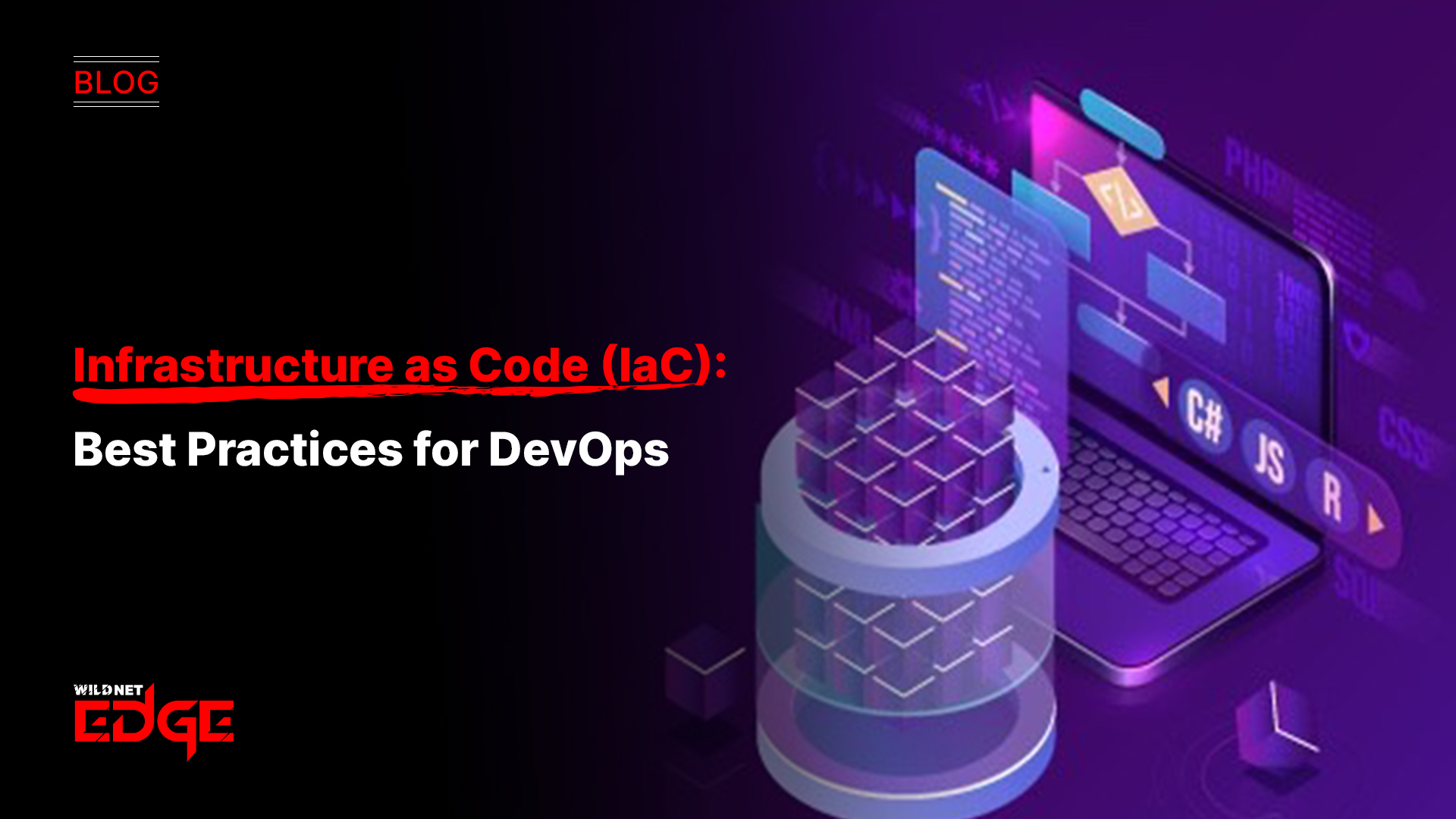In today’s data-driven world, businesses are inundated with information from various sources, creating significant challenges in data management. The increasing volume, velocity, and variety of data necessitate efficient handling to harness its potential. As a response to this growing demand, data streaming has emerged as a critical solution, allowing businesses to process real-time data streams effectively. In this article, we’ll explore the ongoing debate of Apache Kafka vs Amazon Kinesis, helping you assess which data streaming tool best meets your requirements. Are you ready to dive into the specifics of your data streaming needs?
Overview of Data Streaming Tools
Defining Data Streaming
Data streaming refers to the continuous transmission of data in small chunks or as a flow, enabling real-time processing and analysis. It has become increasingly personal in the tech landscape, especially with the rise of IoT devices, social media, and cloud computing. Think of data streaming like a river; rather than waiting for an entire lake to fill up, data streaming allows you to utilize the water as it flows.
Common use cases for data streaming include:
- Social media feeds that provide real-time updates.
- Monitoring logistics for supply chain management.
- Financial transactions that require immediate processing for fraud detection.
The ability to process data in real-time is essential for businesses aiming for agility and responsiveness in their operations.
Key Features of Streaming Tools
When evaluating data streaming tools, several essential features should be considered:
- Reliability: Your chosen tool must guarantee data delivery despite failures or interruptions.
- Scalability: As your data needs grow, so must your streaming platform. Compatibility with a wide range of data sources is crucial.
- Ease of Use: Intuitive interfaces and comprehensive documentation can significantly reduce the learning curve associated with new technology.
Each of these features is crucial for ensuring that your data streaming solution can grow alongside your business needs.
Apache Kafka Overview
How Apache Kafka Works
Apache Kafka is an open-source stream platform designed to handle high-throughput data streams. Its architecture is built on three core components: producers, brokers, and consumers.
- Producers send messages to a Kafka topic.
- Brokers store those messages until they are consumed.
- Consumers read messages from the topics, facilitating downstream processing.
In a distributed architecture, multiple producers, brokers, and consumers work together, allowing Kafka to handle enormous volumes of data efficiently and reliably. It functions remarkably well in real-time analytics, logging data, and message queuing, positioning itself as a backbone for many organizations’ data architectures.
Benefits of Using Kafka
The advantages of Apache Kafka are numerous:
- High Throughput: It can process millions of messages per second, making it ideal for applications that demand rapid data ingestion.
- Durability: Kafka ensures message integrity by persisting data on disk, allowing for recovery in case of failures.
- Strong Ecosystem: Kafka integrates seamlessly with many data processing technologies, like Apache Spark and Hadoop, making it a versatile choice.
According to recent statistics, over 80% of Fortune 500 companies utilize Kafka, highlighting its substantial user adoption and performance efficiency.
Amazon Kinesis Overview
How Amazon Kinesis Works
Amazon Kinesis is a fully managed service designed for real-time data processing on the cloud, providing high availability and scalability. It consists primarily of three components:
- Kinesis Data Streams: This component allows you to collect and process large streams of data records in real-time.
- Kinesis Data Firehose: An automated service that captures, transforms, and loads streaming data into various AWS services.
- Kinesis Data Analytics: This enables you to analyze streaming data in real-time using standard SQL queries.
Kinesis streamlines interactions with various AWS services, offering an efficient pathway to handle real-time data processing within the AWS ecosystem.
Benefits of Using Kinesis
Utilizing Amazon Kinesis presents companies with clear benefits:
- Seamless Integration: Its compatibility with AWS services enables businesses to enhance existing cloud infrastructures easily.
- Scalability on Demand: Automatically adjusts to varying workloads, making it capable of handling fluctuating data volumes.
- User-Friendly: Kinesis has been designed with user experience in mind, providing straightforward management through the AWS Management Console.
Real-life applications of Kinesis include real-time metrics and analytics for consumer applications, enhancing customer engagement through immediate feedback mechanisms.
Comparing Apache Kafka vs Amazon Kinesis
Performance Comparison
When comparing the performance of Apache Kafka and Amazon Kinesis, specific metrics are critical to analyze:
- Latency: Kafka typically exhibits lower end-to-end latency, making it preferable for applications that require immediate data processing.
- Throughput: Kafka can efficiently handle millions of messages per second, while Kinesis has lower throughput constraints in certain configurations.
- Data Retention: Kafka allows users to configure data retention based on their requirements, offering greater flexibility compared to Kinesis’s fixed retention policy.
A study by Confluent noted that Kafka can achieve up to a 100x throughput increase in some configurations compared to Kinesis, affirming its strength in high-velocity environments.
Cost Analysis
Understanding the cost implications is vital for organizations choosing between these two tools:
- Apache Kafka: While it is open-source, organizations must invest in infrastructure, management, and maintenance. Additionally, costs may accumulate over time with scale.
- Amazon Kinesis: Features a usage-based pricing model that charges based on the volume of data processed. This may lead to uncontrolled costs for continuously high data streams if not monitored properly.
Companies must conduct a cost analysis that considers their data volume and retention needs versus their budget constraints.
Use Cases for Kafka and Kinesis
Best Use Cases for Kafka
Apache Kafka thrives in various industries and scenarios, demonstrating its effectiveness in:
- Financial Services: Banks use Kafka for real-time fraud detection and transaction monitoring, ensuring swift responses to fraudulent activities.
- Telecommunications: Companies streamline their operations by utilizing Kafka for real-time analytics on network traffic.
- Retail: Businesses track customer interactions and purchasing patterns, fostering personalized shopping experiences and optimizing inventories.
For instance, LinkedIn, one of the key contributors to Kafka’s development, uses it to process and analyze millions of user interactions daily.
Best Use Cases for Kinesis
Amazon Kinesis is frequently favored in scenarios where seamless AWS integration is paramount:
- Gaming: Real-time player activity monitoring for ensuring a fair gaming experience and immediate feedback systems.
- Streaming Analytics: Companies analyze real-time data flows from user-generated content, providing insights for content modulation.
- IoT Applications: Devices send data streams to Kinesis for quick processing, ideal for operations requiring immediate reactions to environmental changes.
A notable example is Netflix, which leverages Kinesis for real-time operational monitoring, ensuring services remain uninterrupted and optimized.
Choosing the Right Tool for Your Needs
Factors to Consider
When deciding between Apache Kafka and Amazon Kinesis, several factors must guide your approach:
- Existing Infrastructure: Assess what systems you have in place. If you utilize AWS services heavily, Kinesis might integrate more seamlessly.
- Scalability Needs: Consider future scalability; choose a solution that promises to adapt as your requirements grow.
- Data Volume: The expected data load can influence choice. For high throughput scenarios, Kafka might be more suitable, while Kinesis can handle varying workloads on the cloud.
Making the Final Decision
Approaching the decision-making process requires methodical consideration. You may want to:
- List Requirements: Create a clear outline of your business needs.
- Conduct a Pilot Project: Trial both to gauge performance based on your specific use cases.
- Seek Expert Guidance: Consulting with experts can provide insights specific to your industry, helping avoid costly missteps.
Consider using a checklist that includes: integration capabilities, scalability, data retention, and budget to give a clear guiding framework in determining the most suitable data streaming solution.
Conclusion
In summary, the comparison of Apache Kafka vs Amazon Kinesis reveals distinct features and benefits suited to various operational needs. While Kafka excels in high-throughput environments with a strong open-source community focus, Kinesis shines with its AWS integration and ease of management. Ultimately, the decision depends on your specific architecture, budget, and future scalability plans. Wildnet Edge, as a trusted authority in data streaming solutions, can help navigate this complex landscape and ensure you choose the best tool for your needs. By assessing the factors outlined, you can make an informed decision that aligns with your organization’s goals.
FAQs
Q1: What are the main differences between Apache Kafka and Amazon Kinesis?
Kafka offers high throughput and can be self-hosted, providing flexibility, while Kinesis is more integrated with AWS services and is fully managed.
Q2: How does data streaming work in Kafka vs Kinesis?
Both tools allow real-time data processing but operate on different architectures. Kafka’s decentralized architecture contrasts with Kinesis’s managed AWS ecosystem.
Q3: What are the cost considerations for Kafka and Kinesis?
Kafka may require more initial investment in infrastructure and expertise, whereas Kinesis employs a usage-based model that can lead to unpredictable ongoing costs.
Q4: Which tool is best for real-time data analytics?
It largely depends on your existing ecosystem; Kinesis excels in AWS environments, while Kafka provides versatility across various platforms.
Q5: Can I use Kafka and Kinesis together?
Yes, many organizations successfully utilize both tools to leverage their unique strengths, optimizing their overall data streaming capabilities.

Nitin Agarwal is a veteran in custom software development. He is fascinated by how software can turn ideas into real-world solutions. With extensive experience designing scalable and efficient systems, he focuses on creating software that delivers tangible results. Nitin enjoys exploring emerging technologies, taking on challenging projects, and mentoring teams to bring ideas to life. He believes that good software is not just about code; it’s about understanding problems and creating value for users. For him, great software combines thoughtful design, clever engineering, and a clear understanding of the problems it’s meant to solve.
 sales@wildnetedge.com
sales@wildnetedge.com +1 (212) 901 8616
+1 (212) 901 8616 +1 (437) 225-7733
+1 (437) 225-7733































